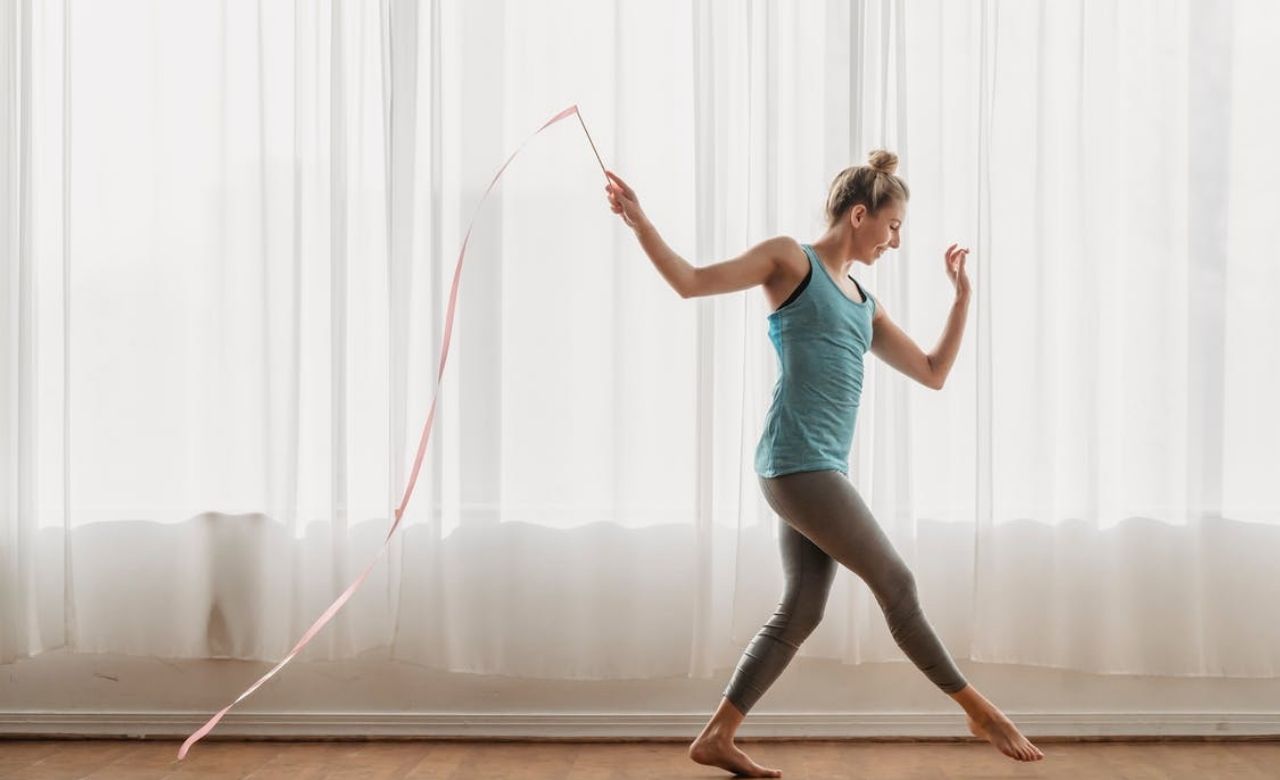
Dancing has always been a part of human life. It is the physical embodiment of our emotions and a form of poetry in ways words may, at times, never reach. It is an art form of our bodies’ interpretation of music and comes in different degrees and forms. History can show that types of dances were incorporated in rituals, in celebrations, and even in warfare. However, as culture evolves, so too does art. In the art known as dancing, society has studied and categorized its different classical forms. Here are five classical dance forms and how they came to be.
Ballet
Ballet came about during the late 15th Century. This dance took form in the Renaissance Court of Italy as an interpretation of fencing and was polished further during the 17th Century in the French Court. It was typically performed in royal banquets and balls. These ballet performances were initially rooted from the investments of royal families and thrived from luxurious costumes and stage effects. By the 18th century, ballet had spread in different parts of Europe, namely, Denmark, Russia, and Italy. The dancers shared their techniques and choreography styles, which initially thrived to the credit of the czars.
Ballet not only evolved choreography wise, but also the presentation wise. From big heavy dresses that the original dancers wore, soon the dresses became shorter to give better emphasis on the footwork of the performer.

Jazz Dance
To put it simply, jazz dance is the combination of African traditional dances and European style dances. Africans primarily made use of torso movement and rhythm while Europeans focused on folk or social dances and masculinity. It was originally developed accompanied by the great Jazz music of New Orleans during the early 1900s. Just like jazz music, the dance is filled with different musical improvisation from different instruments and can be complex, with different rhythms incorporated in a single dance step. Eventually, jazz dance would be more akin to theatre-based performances, which required especially trained dancers.

Tap Dancing
The origins of tap dancing is not known. Although those in the know can trace back some semblance of origins all the way to the 1900s. The dance has steps incorporated from English Lancashire clog dancing, Irish dancing, and Juba dancing. And as we know, this dance has a degree of audible rhythm that is generated by the dancer tapping his or her sole and toes. Today, tap dancing has grown and evolved. It has a wider variety of choreography steps such as the Shim-Sham Shimmy, shuffle ball change, scuffle, double shuffle, leap shuffle, and hop shuffle, among many others.

Hip Hop Dance
Hip hop came about in the West Bronx, New York. It is rooted from rapping, jazz dancing, and singing. Its style consists of breakdancing, popping, and locking. Its rapid evolution is given credit to the mainstream media. They have embraced this form of dance and have helped it evolve by incorporating it in shows, movies, and the like. It is the form of dance that was highly spread by famous dance groups. DJ Kool Herc is the father of hip hop and he based this type of dance form from breakbeats that he usually plays in his bloc parties.

Contemporary Dance
Contemporary dance is basically the culmination of different forms of dance. It has varying degrees of ballet, hip hop, and many more. By combining different types of classical dances, you get a style that is highly expressive and free flowing. Through its evolution, contemporary dancing has a lot of sub genres that are attached to it.

Photo Credits
Cover Pexels
Photo 1 Pexels
Photo 2 Flickr
Photo 3 Pexels
Photo 4 Pexels
Photo 5 Pexels

